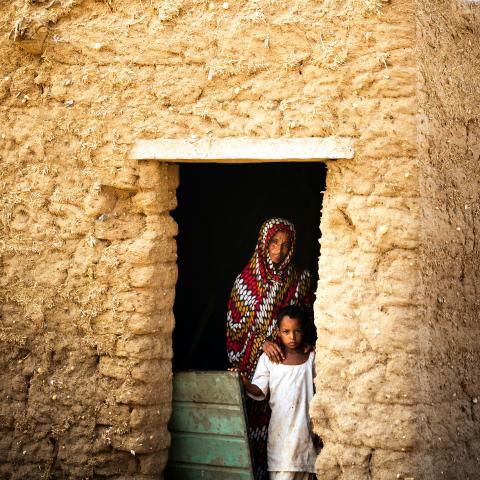Rates and risk factors for relapse: A three-country prospective cohort study
This is a summary of the following paper: King S, Marshak A, D’Mello-Guyett L et al (2025) Rates and risk factors for relapse among children recovered from severe acute malnutrition in Mali, South Sudan, and Somalia: A prospective cohort study. The Lancet Global Health.13,1, e98 - e111 https://doi.org/10.1016/S2214-109X(24)00415-7
Children who recover after being treated for severe acute malnutrition (SAM) in community-based programmes are often readmitted due to relapse. Reported relapse rates vary widely across settings, ranging from 0% to 37%. Contributing to the growing body of evidence, this multi-country prospective cohort study aimed to evaluate the risk and determinants of relapse following SAM recovery in high burden settings.
The study was conducted across three countries, selecting 16 high caseload, accessible clinics. Nine were in Mali, six in South Sudan (which served rural non-displaced populations with limited assistance programmes and funding available), and one in Somalia (an urban clinic in Banadir internally displaced persons camp with more assistance programmes available).
Exposed children were eligible if they were discharged as recovered from uncomplicated SAM while aged 6-47 months. Non-exposed children were eligible for inclusion if, within the previous year, they had not been diagnosed as malnourished and were matched to exposed children based on age, sex, and clinic catchment area. A child was considered to have acute malnutrition if they had a mid-upper arm circumference of <12.5cm, a weight for height z-score <–2 SD, or nutritional oedema. Relapse was defined as an episode of acute malnutrition among exposed children. Some 2,749 children were enrolled on a rolling basis and followed up for six months, with monthly visits conducted where individual child-level and household-level variables were gathered, alongside anthropometric measurements.
The study found that relapse rates varied by country, with 22% in Somalia, 30% in Mali, and 63% in South Sudan having relapsed within six months. In multi-country analyses, children exposed to SAM within the past six months were 3.3 to 5.3 times more likely to develop acute malnutrition compared with their non-exposed peers. Echoing other studies, the most consistent predictor of relapse was having lower anthropometric measurements during SAM treatment, particularly at discharge. Few other child-level or household-level factors at the time of discharge were associated with subsequent risk of relapse. After discharge, children experiencing food insecurity or morbidity (diarrhoea or fever) during the follow-up period were more likely to relapse than those who were not exposed to these factors. During the follow-up period, relapse rates remained generally static, with only a slight peak observed in South Sudan around three months.
Several limitations were noted including the longitudinal design, which required exclusion of households that were unable to stay within the area for six months. Additionally, the low prevalence of oedema limited the generalisability of results. The study concludes that, although exposed children are clinically classified the same as non-exposed peers, they are more vulnerable to subsequent acute malnutrition. These findings reinforce the need for post-discharge interventions to sustain recovery.


